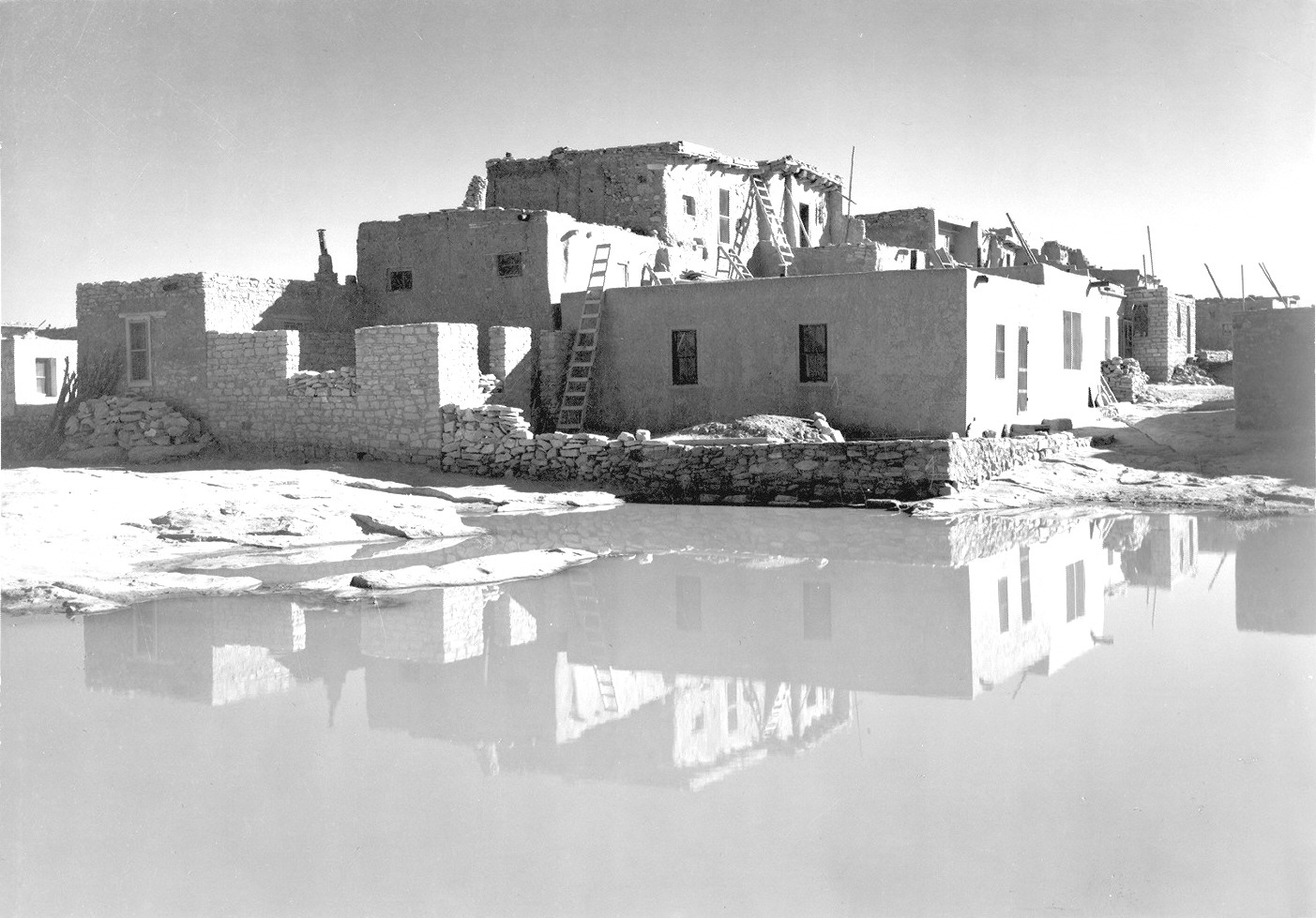Sage Albright Photography
Photography's all the rage. Believe it man.
Wednesday, May 21, 2014
Wednesday, May 7, 2014
Ansel Adams
Ansel Adams
Ansel Adams was born and raised in the Bay Area in an environment initially full of considerable wealth and affluence. His character was truly shaped after both physical and economic disaster reaped havoc on his family and his own self conscious. Californian earthquakes and the collapse of a fragile American economy placed Ansel and the Adams name as a whole in a position of great risk. Growing up under a mother ashamed of the financial failure of Ansel's father was not friendly to such a young human being, but such enmity was countered by an immense amount of love and concern flowing out of his father, Charles. Ansel was bounced around through a variety of academic institutes in his early life before finally being drawn out of his home schooling experience and sent off to Kate M. Wilkins private school.
Adams eventually found a passion for music alongside his thorough enjoyment of the outdoors, and so it quickly became clear that he planned to make a living making music. His knack for photography developed out of his involvement in the Sierra Club starting in 1919. His first fully visualized photograph took the form of the Face of Half Dome in 1927. His work earned him attribution in the Chicago Tribune almost a century later for drawing attention to the value and beauty found in American national parks.
I chose the picture below because I think it does a wonderful job of capturing the astounding amount of geometry and architecture hidden within such an apparently primitive structure. The use of water adds a sense of symmetry and intention to what was already a full frame. A great amount of contrast is present between differently lighted portions of the building itself as well as between the darker, more developed foreground and the consistently grey background found in the sky.

Ansel Adams was born and raised in the Bay Area in an environment initially full of considerable wealth and affluence. His character was truly shaped after both physical and economic disaster reaped havoc on his family and his own self conscious. Californian earthquakes and the collapse of a fragile American economy placed Ansel and the Adams name as a whole in a position of great risk. Growing up under a mother ashamed of the financial failure of Ansel's father was not friendly to such a young human being, but such enmity was countered by an immense amount of love and concern flowing out of his father, Charles. Ansel was bounced around through a variety of academic institutes in his early life before finally being drawn out of his home schooling experience and sent off to Kate M. Wilkins private school.
Adams eventually found a passion for music alongside his thorough enjoyment of the outdoors, and so it quickly became clear that he planned to make a living making music. His knack for photography developed out of his involvement in the Sierra Club starting in 1919. His first fully visualized photograph took the form of the Face of Half Dome in 1927. His work earned him attribution in the Chicago Tribune almost a century later for drawing attention to the value and beauty found in American national parks.
I chose the picture below because I think it does a wonderful job of capturing the astounding amount of geometry and architecture hidden within such an apparently primitive structure. The use of water adds a sense of symmetry and intention to what was already a full frame. A great amount of contrast is present between differently lighted portions of the building itself as well as between the darker, more developed foreground and the consistently grey background found in the sky.

Monday, May 5, 2014
Friday, April 11, 2014
Tuesday, April 1, 2014
Found Panoramas
 |
| I enjoy this photo because of the stellar variety and contrast in color. The darker blues and purples to the left of the frame really give life to the water and the sky on the right. |
Friday, March 21, 2014
Favorite Found Face
What a complicated man. His parents assigned him the name of Charles, but it didn't stick long. As a matter of fact, it barely out lived the functionality of his left eye. From that point on he was forced to be on the receiving end of many different forms of physical and psychological abuse. His family loved him, but there was only so much they could do to protect this weary soul. He left home at age nine, hoping to find peace and productivity elsewhere in this world. For roughly twenty-three years he experimented with Rubik's Cubes as part of a fierce internal battle regarding his intellectual might and confidence. However at a certain point he was simply too fast. He figured it was time to dedicate his life to something purposeful rather than a ridiculously mainstream hobby. He figured he enjoyed working with kids (subconsciously, this was a result of attending so many speed cubing conventions), so he started taking cheap community college classes hoping to get his mind into shape and pursuing a bachelors in education. Sadly, the lack of a second eye made it hard for him to read words on the left side of a page without turning his neck excessively. This shouldn't have been enough to crush his dream, but what can we say. Charles was an elegant twerp. So, rather than working in the classroom he did the most practical thing he could think of just outside of it. He stood watch at a crosswalk for centuries, using his astounding patience at attention to detail to protect children and adults alike.
Now his face lies dormant, a powerful reminder of all the good he did for our world.
Love you Charles.
Subscribe to:
Posts (Atom)
.JPG)

.JPG)
.JPG)
.JPG)

.JPG)
.JPG)
.JPG)
.JPG)
.JPG)
.JPG)
.JPG)
.JPG)










